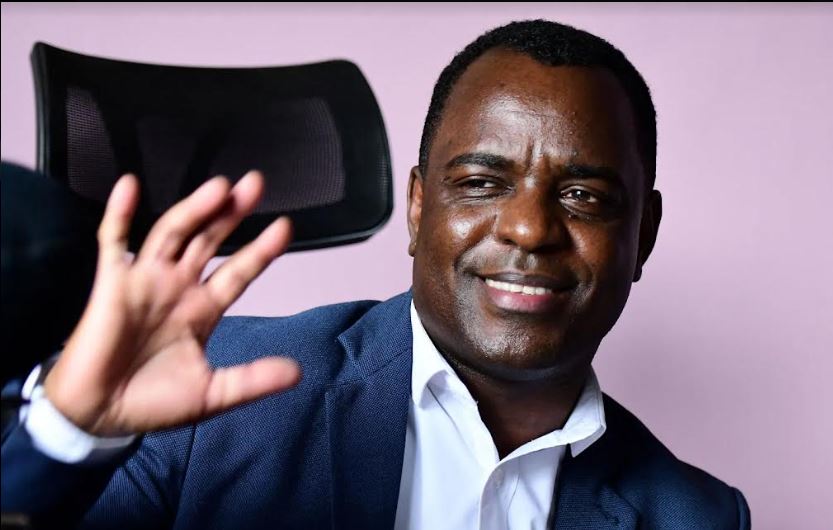Why police ambulances are rarely seen at accident scenes
What you need to know:
- The Police Director for Fire and Emergency Rescue AIGP Joseph Mugisa supplements that commanders in areas where tragedies occur must indicate that ambulances are needed and explain what kind of tools desired for the swift rescue mission.
The head of Police Medical Health Services Assistant Inspector General of Police (AIGP) Moses Byaruhanga, has said a number of police ambulances are out of use, the reason they are rarely seen at tragedy scenes.
He said that only 20 out of the 30 police ambulances are functioning.
Mr Byaruhanga was explaining why police ambulances rarely evacuate tragedy victims but only show up on cases involving prominent persons. The ambulances were recently seen in use when Minister Ronald Kibuule’s twins drowned in a swimming pool in Mukono. Prior to that, they had only been seen at the site where former Police Spokesman Andrew Felix Kaweesi and two other police officers were killed from.
Mr Byaruhanga says the response largely depends on the help signals sent by the commanders of the area where tragedies have occurred. He adds that the 30 ambulances were purchased to evacuate road accident owing to an increase in road carnage, along major highways.
“When an incident happens, the commander must communicate for support. People are not supposed to pay for service or fuel because we have fuel. But sometimes commanders are not given time to take a decision because of the chaos by spectators at the scenes,” Mr Byaruhanga said, citing the recent Kira Road accident that happened in front of a fully-fledged police division.
He is, however, optimistic that six out of the 10 grounded ambulances will soon return on the roads, while the other four are damaged beyond repair and can only be written off.
“The police has 30 ambulances ad currently 20 are on the road. These ambulances are distributed across the country. We had a discussion as top management and agreed that we place them along major highways,” he added.
The 20 functioning ambulances are distributed in areas of Katakwi, Mbale, Iganga, Lugazi, constituting the Eastern Route, Buwama, Masaka, Mbarara, Kabale, Fort portal, also known as the Southern route, and in the districts of Luweero, Masindi, Arua, Gulu- known as the Northern route.
The other ambulances are situated at Presidential Police Guard (PPG) unit, Kampala South region Katwe, Jinja Road Division, Nsambya Police barracks, Busunju along Kiboga road and Police Training School (PTS), Kabalye in Masindi District.
According to Byaruhanga, distance is one of the factors that make police ambulances fail to arrive in time at scenes.
“Imagine an ambulance at Buwama responding to a tragedy at Lukaya. It would take it close to one hour to reach. If the victim is bleeding, chances of saving him would very slim. However, this work is not ours. It is for the health ministry and we should not be blamed where we don’t respond,” he says.
The Police Director for Fire and Emergency Rescue AIGP Joseph Mugisa supplements that commanders in areas where tragedies occur must indicate that ambulances are needed and explain what kind of tools desired for the swift rescue mission.
Before a police ambulance goes to evacuate victims or respond to individual requests, Byaruhanga says a driver must sign for it in the Station Dairy and that every ambulance must be accompanied by at least two health workers.



